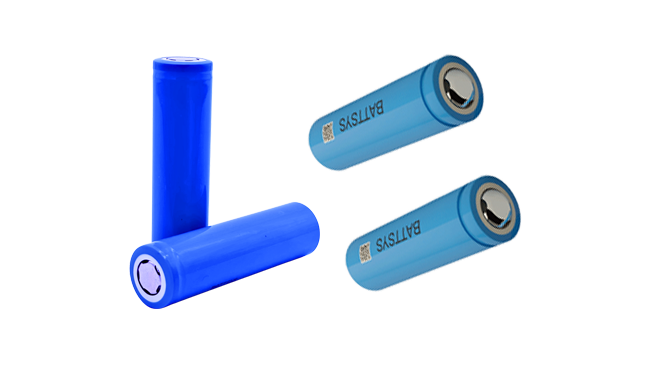What should be paid attention to in balancing 18650 lithium-ion batteries.
The time required for lithium-ion battery balancing during discharge is relatively long. Due to the correlation between discharge speed and load resistance, balancing efficiency is low during system operation. If balancing is performed during discharge and a shorter balancing time is desired, an external power transistor with lower on resistance is required. Such transistors are very common, such as MOSFETs or FETs.
If rapid balancing is desired during discharge, a low resistance resistor must be connected in series with the power transistor to reduce its power consumption. If there were no current limiting resistor, the transistor would quickly consume the power of the lithium-ion battery.

Measuring the voltage of lithium-ion batteries during charging is not accurate and can cause premature lithium-ion battery balancing. Therefore, it is necessary to periodically stop charging in order to measure the battery voltage. Balancing during charging also requires an external power transistor with low on resistance to achieve battery balancing, which will have the same limitations as balancing during discharging.
The design of balanced management process is crucial in any
lithium-ion battery system. Nowadays, balanced management is indispensable in both electric forklift lithium-ion battery systems and new energy vehicle lithium-ion battery systems. In the internal balanced management of battery assembly, whether it is traditional lead-acid batteries or popular lithium-ion batteries, the performance is not determined by the performance of individual cells, but more by the overall balanced management performance of the lithium-ion battery pack.
